Back in 2000 when I first started thinking about adoption, it was important to me that I knew that the birth mother had willingly given up her child for adoption. In my research on adoption I came across stories, as I am sure you have as well, that told of cases where babies in Guatemala were stolen from birth mothers to fuel the adoption industry. I remember calling agencies armed with my list of questions, topmost of which was “how do you know for sure the birth mother was not coerced or the baby was not stolen?” I was shocked by the lack of reassuring answers I was given. Most agency reps I talked to seemed surprised I would even ask such a question and pretty much told me they just relied on their in-country contacts.
In the years since then, I’ve learned that while some adoptive parents may not have had these same concerns pre-adoption, the shutdown of Guatemalan adoptions in 2008 caused many of them to begin to worry about the legitimacy of their adoptions. While some prefer not to know the truth, many do feel the need to know and that need has led them to search for their child’s birth mother.
Finding the birth mother brings peace of mind to many adoptive parents with this concern. But unfortunately there are cases where the birth mother is not found. While there are many things that can keep a birth mother from being found, one that makes it near impossible to find her is when she used a false ID (cédula) during the adoption.
When an adoptive parent is told that the cédula used in their child’s adoption was fabricated they often assume this means the adoption was somehow compromised or the birth mother did not willingly place her child for the adoption. But this is not necessarily the case.
Because of the DNA testing requirement instituted in 1998 by the U.S. embassy, it is highly unlikely that the birth mother whose photo appears on the cédula and in the DNA photo is not the true birth mother. What did happen is that a false cédula was created for some birth mothers using her actual photo and either partially or totally invented personal data. On these cédulas the birth mother’s name is false as are usually her parent’s names. The place and date of the birth mother’s birth may or may not be invented.
Why do birth mother’s use a false cedula? There are a few main reasons we have come across.
- The birth mother was underage - if a birth mother was under the age of 18 and did not want her family to know about the adoption or wanted to hide her identity a false ID could have been used.
The birth mother was legally married - the U.S. Immigration and Nationality Act defines an orphan for the purposes of immigration to the United States as a child who was abandoned or has only one parent and that parent is unable to care for the child. Other countries do not have this same definition and do allow adoptions of children placed by a married couple. But since most Guatemalan adoptions were made to the U.S. this was the requirement that adoption attorneys wanted to meet in order to give the child the best chance at being adopted. In the case a married couple wanted to place a child for adoption, false documents would need to be created for the birth mother stating that she was not married.
The birth mother was not Guatemalan -it was not uncommon for women from neighboring El Salvador or Honduras to travel to Guatemala to place babies for adoption as the adoption system in these countries was not as sophisticated as that in Guatemala. A false Guatemalan ID would be created allowing the adoption to happen under Guatemalan law.
The birth mother wanted to hide the adoption - in cases where the birth mother needed to hide the adoption from her family or community false papers were used for her protection.
Baby factories - the most nefarious reason for a false id - and one we have very rarely seen - is where the baby was born to a woman who worked in what were commonly called baby factories. These were houses of prostitution where women were required to give up their babies if they became pregnant. Since it would create red flags if the same woman repeatedly placed her children for adoption, false IDs were used to hide her identity.
It can certainly be unsettling for adoptive parents to learn the birth mother's cédula used in their child’s adoption was fabricated. But while there were certainly Guatemalan adoptions with anomalies, the use of a false ID doesn’t necessarily indicate that the birth mother unwillingly placed her child for adoption. The sad and frustrating thing for adoptive parents who find the birth mother’s cedula was false, is that since chances of finding the birth mother are very low, it is most likely they will never know her true identity or the true reason why she chose to use a false ID.
Abrazos,
Velvet

